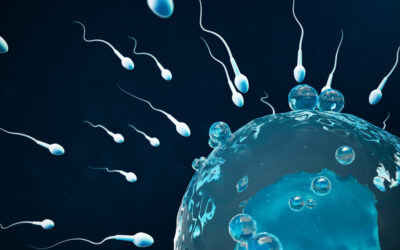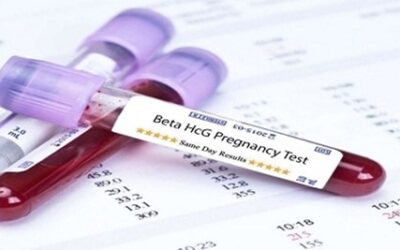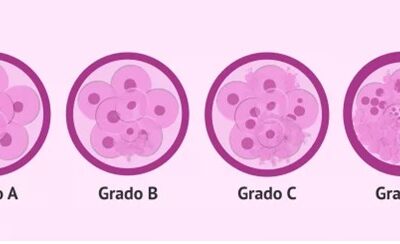ADVANCED PATERNAL AGE AND FERTILITY
It is widely known that the age of a woman negatively affects her fertility. Delayed maternal age is also associated with the advancing paternal age as well, though it goes much more unnoticed. In the case of males, the ideal biological age for creating a family is...
PIECES OF HISTORY. GAMETES AND FERTILISATION
Although today we can already clearly handle the feminine and masculine gametes when using in vitro fertilisation technique, we did not always have this knowledge. The three crucial moments from the historical point of view in assisted human reproduction were: first,...
POSITIVE BhCG. AND NOW WHAT?
In the past few years, more and more women have been seeking fertility treatments due to diverse motives: the wish of becoming a mother getting delayed, sperm quality problems, single mothers or new family models. Disappointments can accompany women and their partners...
Advances in embryo quality classification
Knowing how to assess embryo quality is a significant factor in the laboratories of assisted human reproduction because this knowledge helps to select the embryos that have high implantation potential and can evolve into a successful pregnancy. Some years ago, this...
OVERWEIGHT AND ASSISTED REPRODUCTION
We hear daily about the importance of a healthy lifestyle and its influence on the general quality of life. From the point of view of eating habits and body weight, it is advisable to maintain weight within the acceptable range. Changes in corporal weight among women...
Uterine Fibroids and Fertility
Uterine fibroids (also known as myomas) are benign tumours found in the muscular layer of the uterus. Around 20% of Caucasian-origin women have them, although they are more common in African-origin women with the frequency of these tumours varying between 50-80%....
ARTIFICIAL INTELLIGENCE ADVANCES APPLIED IN ASSISTED REPRODUCTION
When talking about artificial intelligence (AI) it is impossible to avoid thinking about the dark world of Blade Runner or the future dominated by the machines from Terminator. However, the reality is that AI is a tool which brings breakthroughs and helps us to...
EGG DONATION VS EMBRYO DONATION
Two of the treatments available at Manzanera Fertility Clinic to become pregnant are egg donation (reception of donor eggs) and embryo donation. Despite the similarity in the names, these are two completely different treatments. We will explain the differences between...
RESEARCH IN NURSING
Nurses base their practice on scientific evidence. On numerous occasions, we as nurses cannot receive the acknowledgement of their findings as our own and must turn to the studies carried out by other disciplines to focus on our praxis. Therefore, it is our...
SURROGATE MOTHERHOOD
In surrogate motherhood, a woman with no fertility issues and in an altruistic form receives the embryos of a couple who for multiple reasons cannot carry a baby to term. This child is given to their parents at birth. The couples that would benefit from surrogate...
VOCABULARY IN ASSISTED REPRODUCTION (PART 1)
Assisted reproduction is a broad field with terminology that patients must learn to understand all the processes involved in their treatment. If you already started treatment or plan to go through one, this article can help you to understand some of the basic concepts...
BIG DATA AND ARTIFICIAL INTELLIGENCE IN ASSISTED REPRODUCTION
In 2001, Steven Spielberg produced a film through which the term “artificial intelligence” was introduced. This film told us about the distant future where robots controlled by artificial intelligence eased life for humans. This future is now, and AI is developing in...









